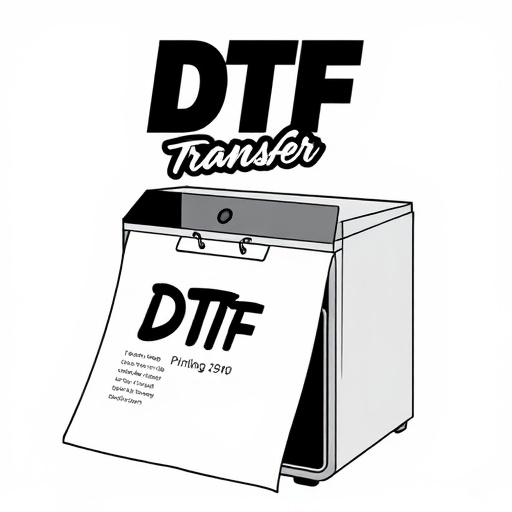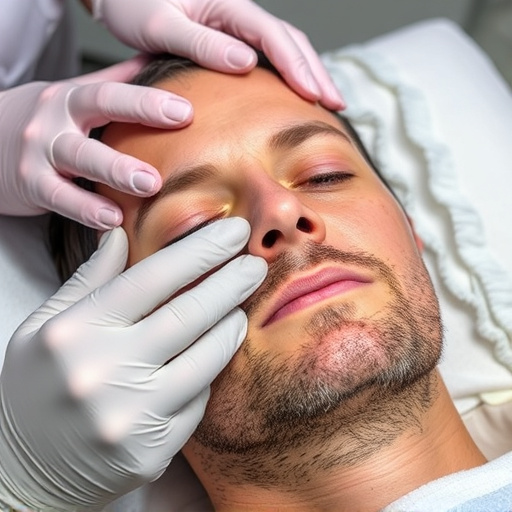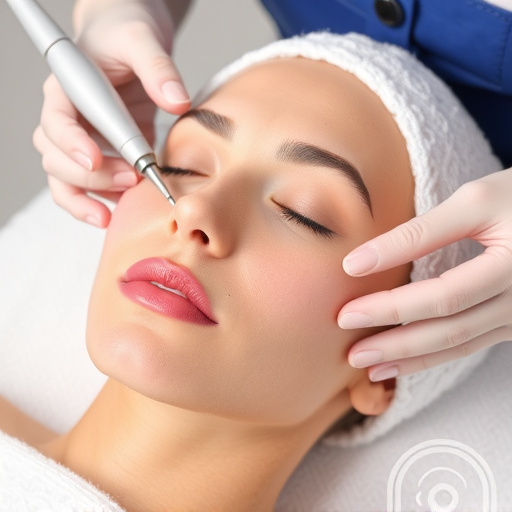Wart recurrence is common due to viral particles remaining after treatment, necessitating regular removal procedures. Treatment frequency depends on wart severity, type, removal method, and immunity, with some requiring repeated sessions while others clear with one treatment. Good hygiene and monitoring warts are crucial for reducing recurrences and identifying potential HPV strains or serious conditions. Topical treatments and freeze therapies offer temporary relief but may not address root causes; consulting a dermatologist provides comprehensive options like body contouring tailored to individual needs, recommended for those with weakened immune systems or frequent viral exposure for improved aesthetics and potential permanent wart removal.
Warts can be persistent and often return, requiring regular wart removal treatments. Understanding how often you should undergo these procedures is crucial for effective management. This article delves into the factors influencing treatment frequency, emphasizing the importance of knowing when warts recur. We explore ‘understanding wart recurrence’ and ‘considering long-term solutions’, offering insights to help determine the optimal time for your next wart removal treatment.
- Understanding Wart Recurrence
- Factors Influencing Treatment Frequency
- When to Consider Long-Term Solutions
Understanding Wart Recurrence

Warts have a remarkable ability to return, even after treatment. Understanding why warts recur is essential when considering how often to undergo wart removal treatment. One primary reason for recurrence is that the immune system might not have eliminated all the viral particles during the initial treatment. Warts are caused by the human papillomavirus (HPV), and while some types of HPV can lead to more aggressive skin conditions, others may simply cause unsightly bumps.
Regular wart removal treatments might be necessary if the warts reappear within a few months after the initial procedure. The frequency of treatment depends on various factors, including the severity and type of warts, the chosen method of removal, and individual immunity. For some, a single session may suffice, while others might require repeated facial treatments to achieve clear skin. Maintaining good skin health and practicing proper hygiene can also reduce the likelihood of wart recurrence. Additionally, keeping an eye on new or changing warts is crucial as they may indicate a different strain of HPV or a more serious condition that requires professional attention.
Factors Influencing Treatment Frequency

The frequency of wart removal treatment depends on various factors, including the type and severity of the warts, an individual’s overall health, and their response to previous treatments. Warts can be stubborn and recurrent, so it’s essential to understand that multiple sessions might be required to achieve and maintain clear skin.
Non-surgical treatments like cryotherapy (freezing) or topical medications are often recommended for minor warts. These wart removal treatments can effectively target and eliminate surface-level skin growths. However, for more complex cases with deep-seated lesions or widespread warts, a different approach may be necessary. In such scenarios, repeated visits over several weeks or even months might be part of the treatment plan to ensure complete wart removal and address any associated pore refinement and skin tightening.
When to Consider Long-Term Solutions

If warts persist or reoccur frequently, it might be time to consider long-term solutions for wart removal treatment. While topical treatments and freeze therapies offer effective short-term relief, these methods may not address the underlying causes of wart development. In such cases, consulting a dermatologist is advisable. They can provide more comprehensive options tailored to your specific needs, including body contouring techniques or skin rejuvenation procedures that target specific areas affected by warts.
Additionally, regular Wart removal treatment sessions might be necessary for individuals with weakened immune systems or those who frequently come into contact with potential wart-causing viruses. By adopting a proactive approach and exploring advanced treatments, you can bid farewell to unsightly warts once and for all, enhancing your overall skin health and aesthetics—think improved skin brightening and a more refined complexion.
Wart removal treatment frequency depends on several factors, including wart type and location. Understanding recurrence patterns is crucial for effective management. Regular treatments may be necessary for persistent warts, while long-term solutions like immunotherapy or cryosurgery offer lasting relief. Consulting a healthcare professional to tailor a plan based on individual needs is always recommended. For optimal results and reduced treatment frequency, prompt attention and consistent care are key when addressing wart removal.














